Julie B. Beck once said, “We study our history to learn who we are. There is a worldwide hunger among good women to know their identity, value, and importance.” Though Sister Beck was talking about learning the history of Relief Society, I think this applies to our family history as well. The Relief Society began in March 1842. Did you know that March is National Women’s History Month here in the USA? How appropriate! What better time to start learning about all those wonderful female ancestors your family has!
“Female Family History Month” was a unit we did about twelve years ago for school. (You have to remember I have seven daughters) My oldest girls (6 & 7 at the time) were showing an interest in their grandmothers and great-grandmothers. I called my mother for ideas, sent e-mails to my husband’s aunt who is the unofficial family historian on the Crook side (nice surname huh? It’s his mother’s maiden name), gathered pictures, typed up stories, and hoped for the best. My expectations for this study were immeasurably surpassed!
I thought I’d share what we did for our unit study, hoping it will spark some ideas for your own female family history unit study.
Create a Timeline
We created a timeline starting with the girls and then traveled back in time learning about each woman in their ancestral line as we went. It was so fun and informative!
Through the timeline we were able to tie in what events were going on in the world at the time and what effect that had on their ancestors. For instance, several great-grandmothers had to learn survival techniques living through some of the Spanish Civil Wars. My daughters’ English ancestors crossed the plains, had sons who fought in the American Revolution and a couple even crossed on the Mayflower!
Tell Stories
Children LOVE to hear stories. And if they are true and about family when they were their age even better! I tried as much as possible to find out what childhood was like for these ancestors. It was a great learning experience for my daughters to learn that some only had one everyday dress and one Sunday dress to wear. Or to imagine what it would be like to take care of the family’s sheep, or walk across the plains without shoes praying that Heavenly Father would send some and He answered!
Gather Pictures
Seeing the faces of these women helped to cement that the stories about them were indeed real. We gathered as many pictures as we could and created a HUGE family history wall. (We included all ancestors in this, not just the ladies!) It was also fun to see family resemblances. Freckles come from the Crook line, while that big bottom lip comes from the Hinckleys, and those striking eyes are definitely from the Salinas side.
Write Books
After our unit study my daughters wrote their own little mini-books telling the stories of their women ancestors in their own words. They are treasured little books that the younger girls love to read now! It was a great way to recap what they learned. Writing books also helped in teaching about good sentence structure, using vivid descriptions, and how to use a thesaurus (using ‘nice’ four times in one sentence?).
Charts & Graphs
While we learned about each woman we kept track of what their interests and talents were. This personalized our study even more as my daughters (and I) began to see where our own particular traits came from.
How was I to know that my mother’s love of books and teaching would take root in my own soul giving me the courage to teach my own children?
The beloved gift of music comes from my Yaya, my paternal grandmother, and her Welsh ancestors. She also is a published writer – something I learned during our unit study!
My dear Guelita (maternal grandmother) is constantly cooking, sewing and serving others. She sees the good in everyone, something I hope to be able to do someday.
Guelita’s mother, Carolina, (the one on the right) was a wonderful seamstress and quilter.
Mariana Cruz (holding the baby) was loved by all and carefully tended a garden. She was a true pioneer joining the LDS church in Mexico in 1920, raising her children to believe in God and His miracles.
Yaya Juana was a great cook – never cooking the same thing twice in a week, which was hard to do during the Spanish Civil War.
I hope to be as spunky and resourceful as Yaya Ramona who fed her family through ingenuity during yet another war that raged in Spain.
And the courage displayed in Jane, Ellen, and other pioneer “grandmothers” who left their homes in England and Wales to travel to Salt Lake because of their religion mean a lot when my own faith is tested and tried.
Sewed Doll Clothes
You’ll have to wait until tomorrow to see how this helped in our studies! Here’s a display from a family history fair a couple of years ago.
Through our “Female Family History” unit study we learned these women shared many of the same qualities -faith, strength, humor – and yet, they also each had a more dominate trait or set of traits that carried them through the specific trials they each were called to face. It caused some inner reflection into my own character. Had I developed mine enough to do what I needed to do in my own life? Introspection is a curious thing. Rather than feeling discouraged at the lack of qualities I saw in myself, I awed in the realization that many of the qualities I lacked were evident in my own mother, sisters, aunts, cousins, mother-in-law, and sisters-in-law. Through their service they fill the void helping to teach my daughters. And as luck would have it, I can see many traits passed on through the generations, skipping some, only to make an appearance in my own daughters.
We learned so much about the sacrifices these women made for their families. We learned of their hopes and dreams, their talents, struggles, and triumphs. We feel a connection with these, our foremothers, who laughed, cried, experienced heartache and joy, served, sacrificed, lived.
We study our history to learn who we are.
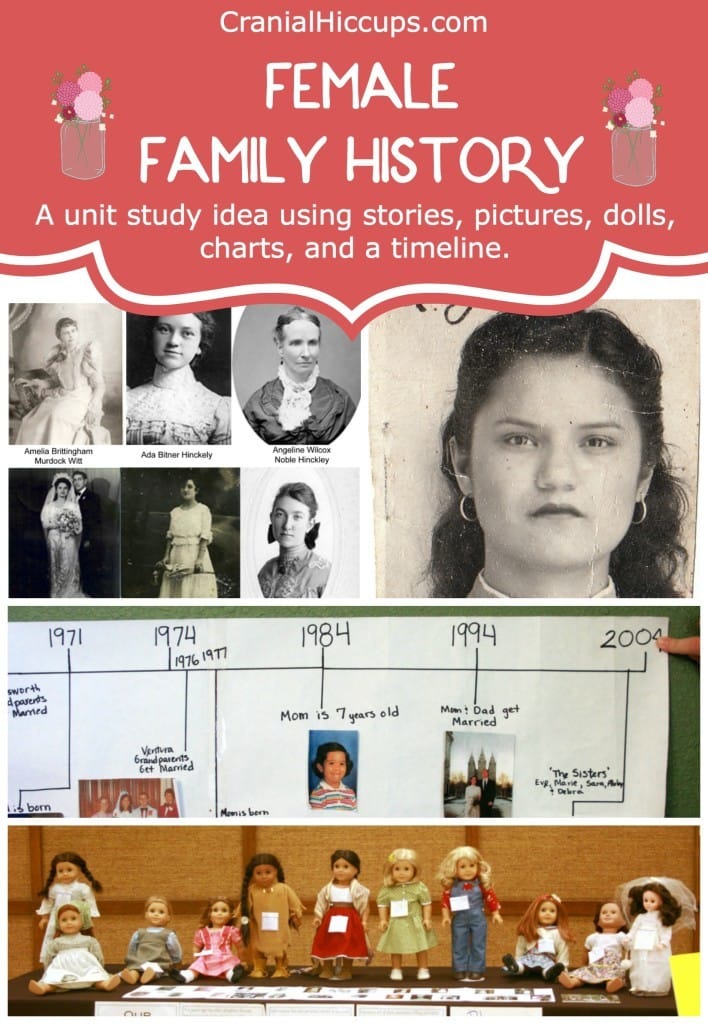
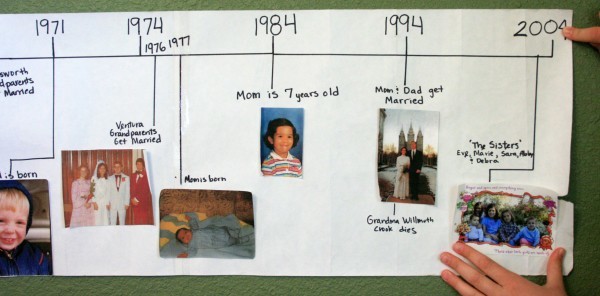
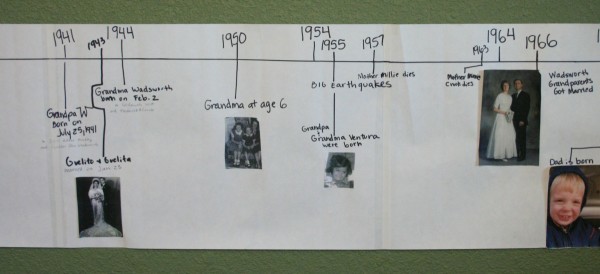
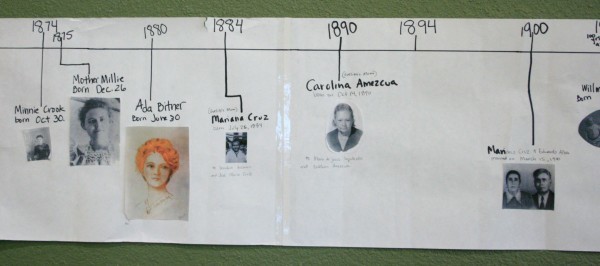
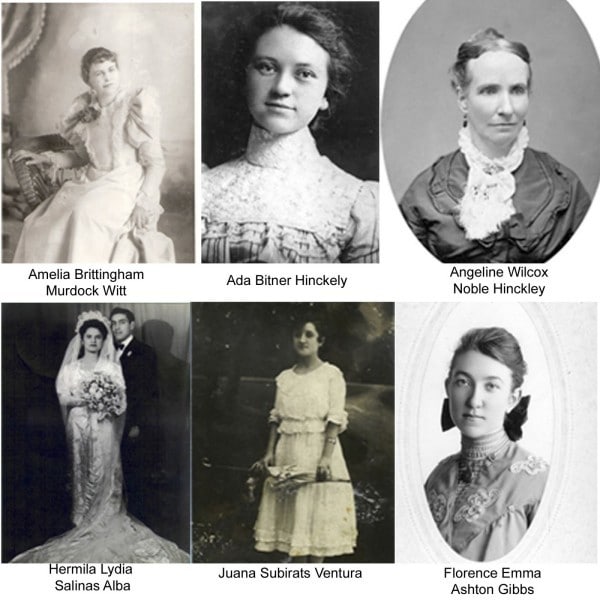
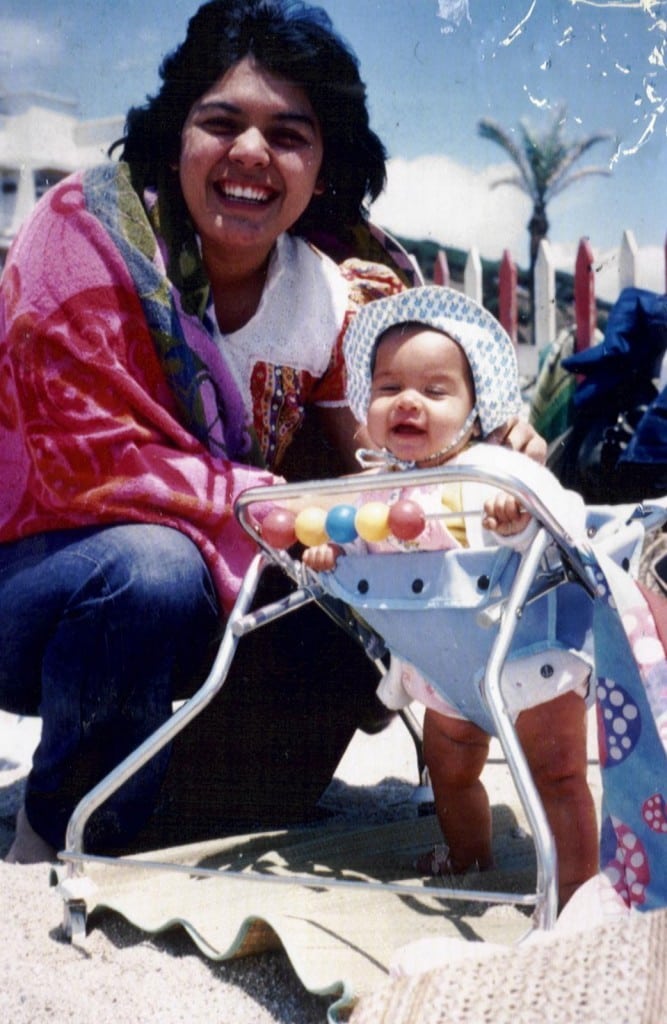
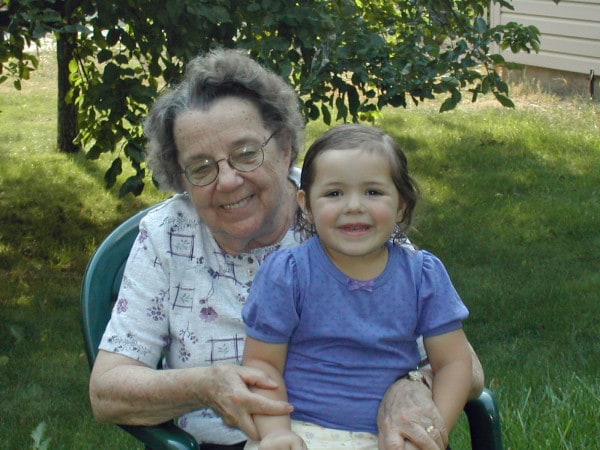
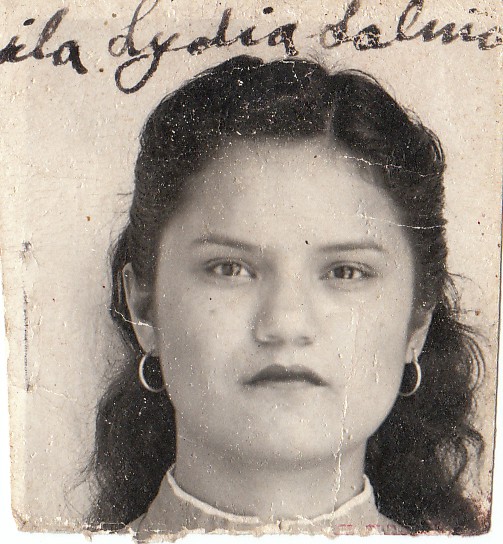
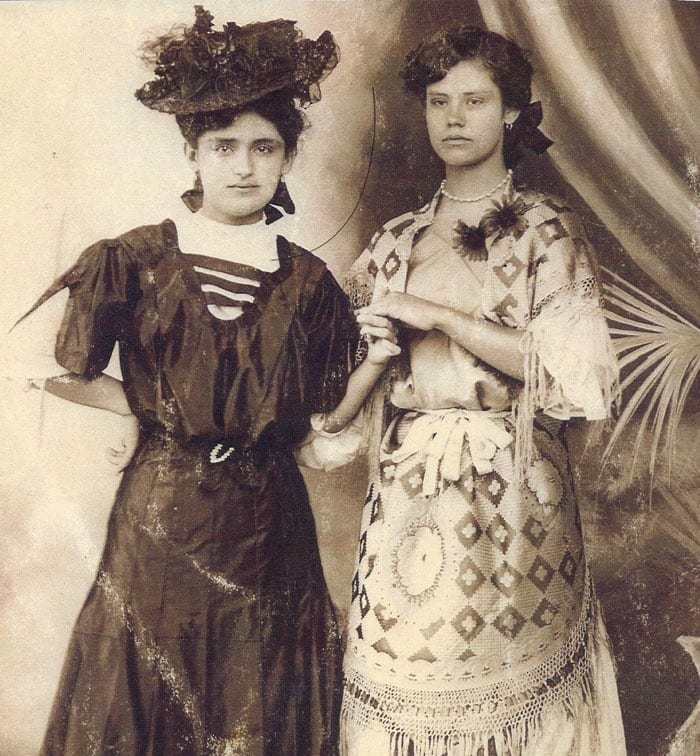
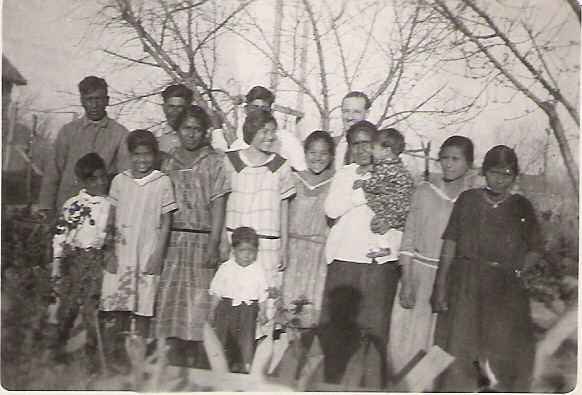
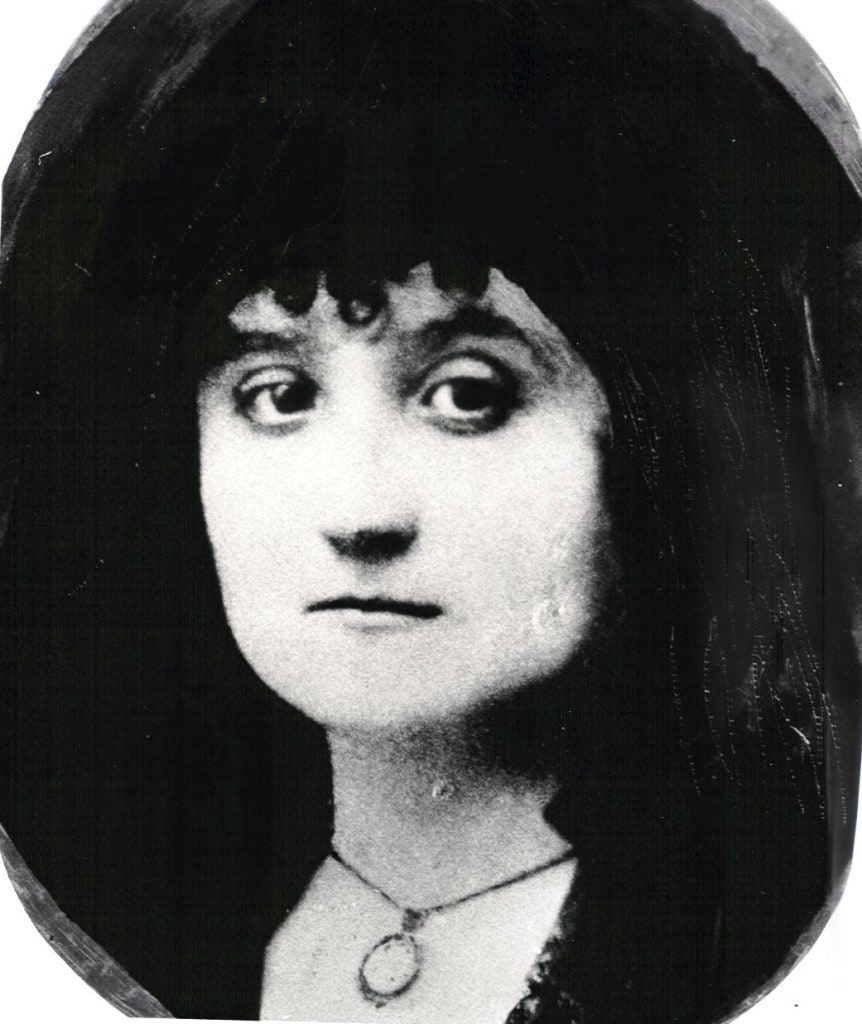
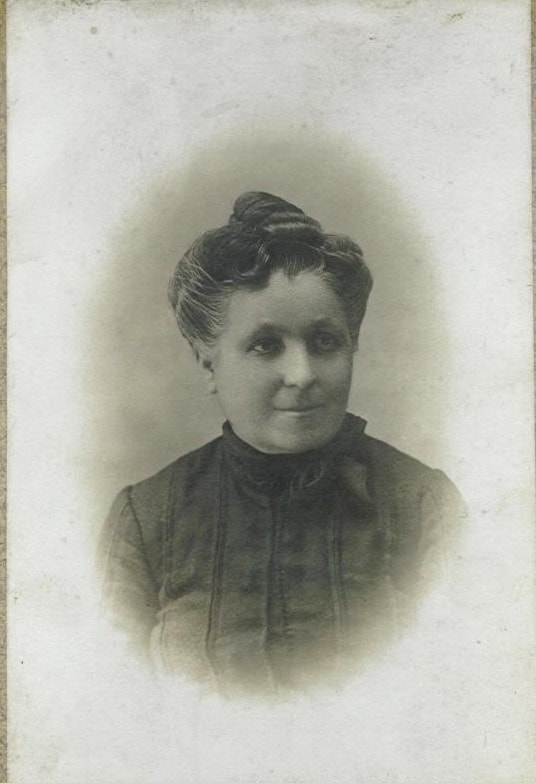
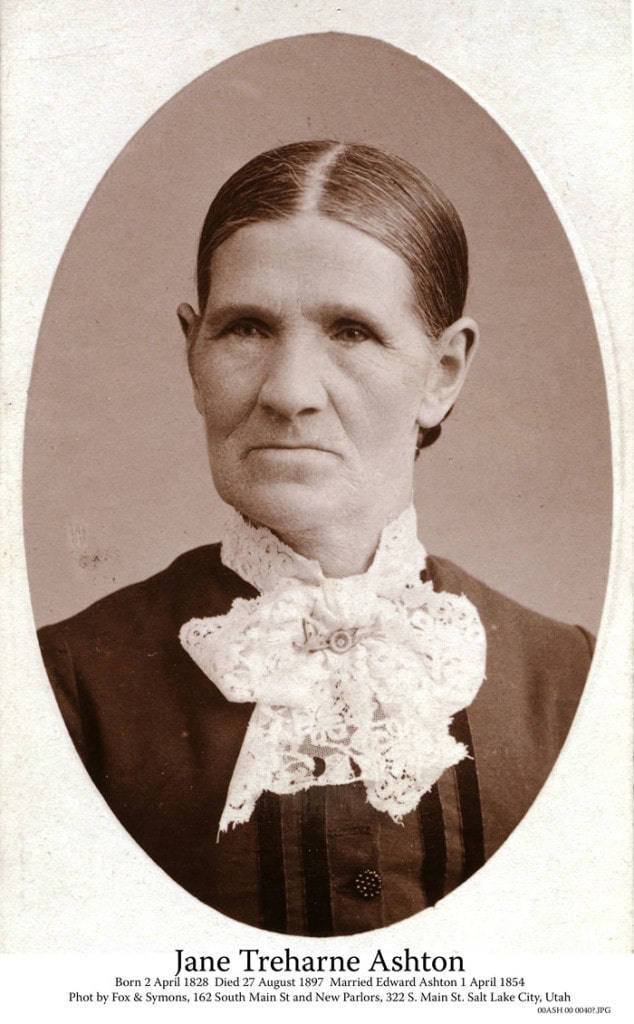
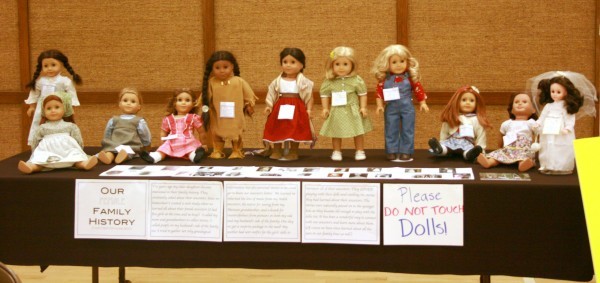
An idea like this has been one that’s been nibbling at my mind for quite some time now. I have wanted to find stories and pictures to learn about our ancestors and share that with our children. I have felt very overwhelmed with the idea of tracking down the stories of so many ancestors, but this has inspired me to start with our women (we have 3 girls and 1 boy and also homeschool). I’ve also dreamed of tying their stories into history. History is my weak subject and I’ve thought for a long time that if I can find a way to personalize it not only for our kids but for me, maybe we can all develop a passion for and better understand of it. I love seeing that you’ve done it! Thanks for inspiring me to go for it. I love reading you blog, by the way, but this is the first time I’ve commented on it. I just had to thank you.
I love this idea! Finding the time to put it together, well….I don’t love the thought of that so much. I’m sure it can be done though. ( : I really want to do something like this someday, including making doll clothes. Love, love, love it!
Wow! Fabulous!
What a wonderful idea! I’m inspired by the stories of the women in your family, and by how you put together the unit study. Thanks for sharing!
Oh, I’m finally getting to reading this and I love it SO MUCH! so many good ideas. So many things I don’t know about my own ancestors. So many stories. I am inspired! Thank you! And the doll clothes are so awesome. Wow.